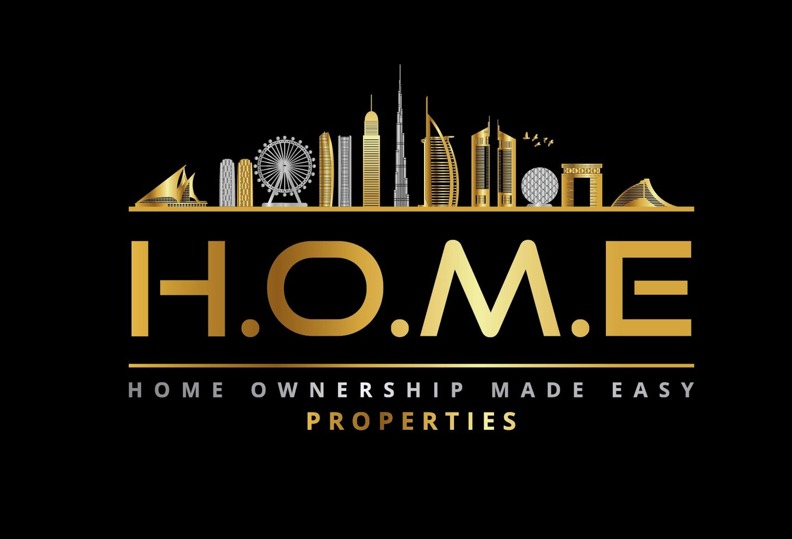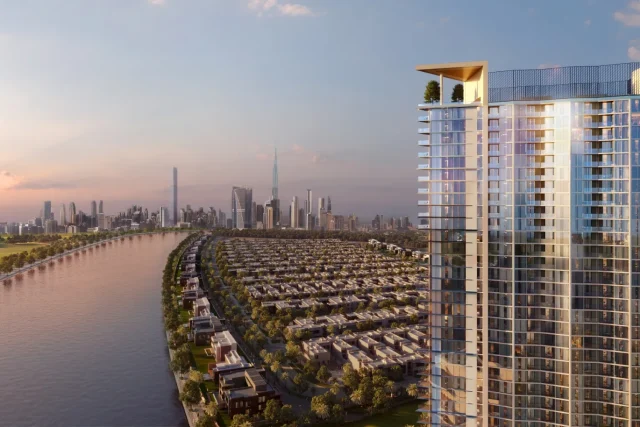
A Game-Changer for Abu Dhabi: Aldar Investment’s AED 3.8 B Move
In a bold, forward-looking move, Aldar Investment has announced a AED 3.8 billion (Dh3.8 billion) invest-to-hold programme targeting residential, commercial and logistics real-estate in Abu Dhabi. The significance of this commitment is manifold: it showcases Aldar’s confidence in the emirate’s long-term housing and investment fundamentals; it signals a broader shift in how real estate is being developed and held in Abu Dhabi; and perhaps most importantly, it could act as a spark for a major uptick—even a boom—in Abu Dhabi’s property sector.
Here are the key dimensions of this move—and why they matter.
What the move involves

- The residential arm is front and centre: Aldar will deliver nearly 2,000 rental units (studios, 1-, 2-, 3-bedrooms) in the Al Shamkha / Al Reeman area, close to Zayed International Airport and major highway links.
- On Yas Island, the plan is for 665 new rental units: 217 townhouses/villas aimed at young professionals and families, plus 448 apartments—some designed as staff housing for the island.
- Commercial & logistics: A new office park on Yas Island of ~47,500 m² across four towers; and a logistics expansion near the Abu Dhabi Business Hub—another 175,000 m² of floor space.
- These developments boost Aldar’s “develop-to-hold” (or “develop-to-rent/hold”) pipeline to ~AED 17.6 billion.
Why this is significant
1. From sale-driven to hold/lease-driven strategy
Traditionally, many real-estate developers build and sell. Aldar’s emphasis now is build-and-hold, targeting recurring income streams, not just one-off sales. CEO Jassem Salah Busaibe describes this as a “core growth driver”.This signals greater maturity in the market, aligning with global institutional real-estate models.
2. Supply constraints meet demand intensity
The numbers back up the timing: In Q1 2025, total transaction value in Abu Dhabi hit AED 25.3 billion, up 34.5 % YoY. At the same time, residential unit delivery in 2024 was only ~3,004 units—46 % below forecasts. With tight supply and rising rents (ask-rents jumped ~20 % and in hot zones even ~31 %) the rental market is under stress. Aldar’s targeted locations (Al Shamkha, Yas Island) sit at the intersect of growth corridors, transport infrastructure and lifestyle amenities—meaning their supply is likely to be much welcomed.
3. Institutional asset-class shift & rental yield appeal
Yields in Abu Dhabi apartments are estimated at ~5.39 %—a compelling figure compared with many global major cities. That positions Abu Dhabi more strongly for investors seeking rental income rather than speculative price gains only. The “hold” model also attracts institutional capital looking for stable cash-flows.
4. Broader ecosystem: housing + infrastructure + lifestyle
It’s not just units. These developments are tied into vibrant zones: Yas Island is already a leisure/entertainment hub; proximity to airport and major highways (Al Shamkha) offers connectivity. The commercial and logistics side bolster demand by bringing jobs, usage and economic activity. This holistic approach increases the odds of creating thriving communities (not just “buildings”).
How this move could spur a real-estate boom in Abu Dhabi
- Acceleration in investor confidence. Big-ticket commitments like this from a major player boost sentiment. The message is: “We believe the long-term story is strong.” That can unlock more capital flows, especially foreign/expat investors who are looking for mature, transparent, income-yielding markets.
- Spill-over effects across sectors. More residential supply aimed at rentals helps ease some pressure; more commercial/logistics space draws companies, jobs and people. This leads to more demand for housing, retail, amenities and supports higher property values and rental levels across adjoining areas.
- Mid-market and better-connected options. Many earlier developments in Abu Dhabi focus on luxury. Aldar’s focus includes studios and 1-2 bed units in transit-connected locales—this broadens the base of demand and helps build “every-day living” communities rather than only speculative luxury.
- Enhanced rental ecosystem. With professionally managed rental communities, amenities, open green space and community retail built in, the attractiveness for tenants rises. If tenants are happy and tenants stay longer, vacancy drops, yields stay higher—creating virtuous cycles.
- Addressing supply-demand imbalance. With limited new deliveries (especially ready-to-move stock) and high rental growth, the addition of nearly 2,000 units in Al Shamkha and 665 in Yas Island may help relieve some pressure—and importantly, signal to other developers there’s space in the rental-hold segment.
Risks and caveats to keep in mind

- Timing and handover risk. Develop-to-hold projects mean the returns arrive over years. If macro conditions change, or construction gets delayed, the expected income streams may shift.
- Concentration risk. The focus on two major zones (Al Shamkha & Yas Island) is smart, but market dynamics might favour other emerging areas—so geographical diversification still matters.
- Rental market volatility. While rents are rising now, they can be influenced by economic conditions, regulatory changes, visa/residency shifts, or oversupply in some zones. The 5.39 % yield is attractive—but if risks rise, yields could compress.
- Institutional standard expectations. The “professional managed community” model raises the bar in terms of amenities, service and quality. If delivered weakly, tenant satisfaction and occupancy could suffer.
- Macro factors. Broader economic, geopolitical or interest-rate shifts could affect investor sentiment, cost of capital or cross-border flows into Abu Dhabi real estate.
What this means for key stakeholders
- For renters in Abu Dhabi: More options—particularly in the rental-to-hold space—may mean better-quality units, modern amenities, well-located communities and possibly greater bargaining power (if supply trickles in).
- For investors: This marks a signal that rental-yield-driven property in Abu Dhabi is getting serious attention. If you’re looking for cash-flow rather than quick flips, Abu Dhabi is positioning itself strongly. However, investor due-diligence remains crucial.
- For developers and the broader market: The industry may observe a shift: building for sale is no longer the only model; building to hold/lease could become more mainstream in Abu Dhabi. This may trigger more supply in rental homes, logistics, offices—and a diversification away from purely high-end luxury.
- For policy-makers: This move aligns with Abu Dhabi’s larger urban-growth, housing-supply and economic-diversification plans. If successful, it could help absorb mid-market housing demand, support job growth (via commercial/logistics developments) and elevate rental stock quality.
The outlook: Is a boom on the horizon?

Putting the pieces together: rising transaction volumes, tight supply, strong rental growth, big strategic developer moves. It all suggests that Abu Dhabi’s real-estate market could be entering a boom phase—or at the very least a robust expansion phase.
One might define “boom” here as: significant acceleration in construction, investment inflows, price and rental growth, and a broadening of the number of hotspots across the emirate. Aldar’s AED 3.8 billion injection is both a driver and a signal of that.
That said, “boom” doesn’t mean every segment will rise indiscriminately. The key will be targeted growth—areas with infrastructure, connectivity, lifestyle amenities, ready occupancy and efficient delivery. The Al Shamkha and Yas Island projects tick many of those boxes.
Final thoughts
Aldar’s announcement is more than just a big number. It reflects a maturing Abu Dhabi real-estate ecosystem: one where rental-yield, income-producing assets, and professionalised communities join earlier narratives of luxury villas and speculative buying. For Abu Dhabi, this could unlock a fresh wave of investment, rental growth and community development—and mark a turning point in its real-estate story.
If you’re watching Abu Dhabi’s market (whether as an investor, tenant, or developer) this development is a must-watch. The next 12-36 months may well determine whether this becomes a sustained boom or a strong but managed up-cycle.





Leave a Reply